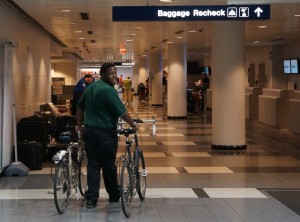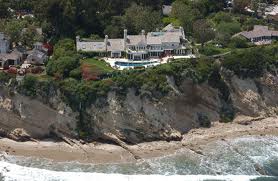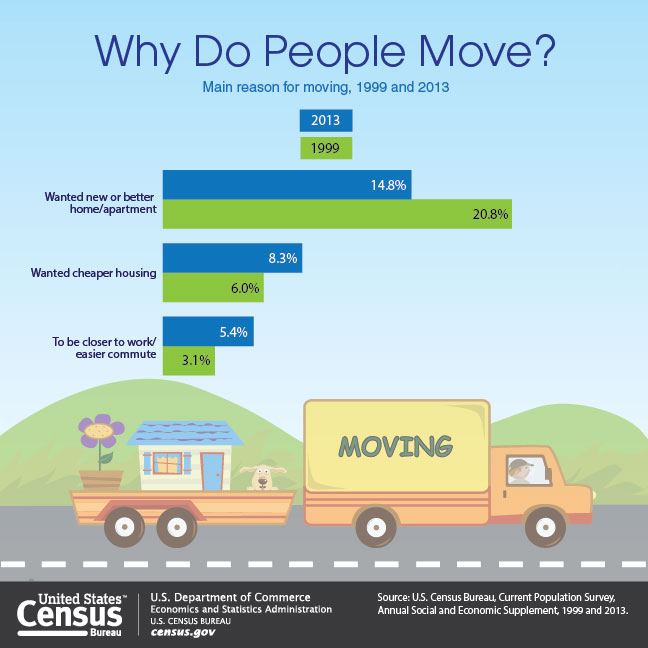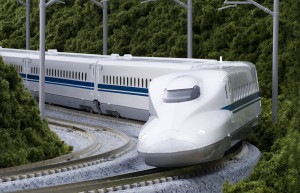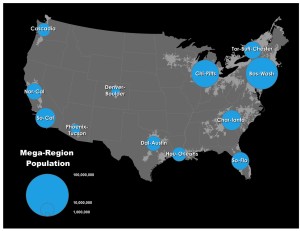Thousands of protesters in cities across Europe took to the streets against ride sharing services such as Uber this week, according to the Wall Street Journal.
The protests were led by taxi drivers, who complain that Uber, which allows users to hail private cabs through a smart phone app, is undercutting their business by getting around regulations and using unlicensed drivers.
Thousands of cabs flooded the streets of cities such as London, Paris and Madrid, causing traffic to slow to a halt. Here’s a look at the protests.
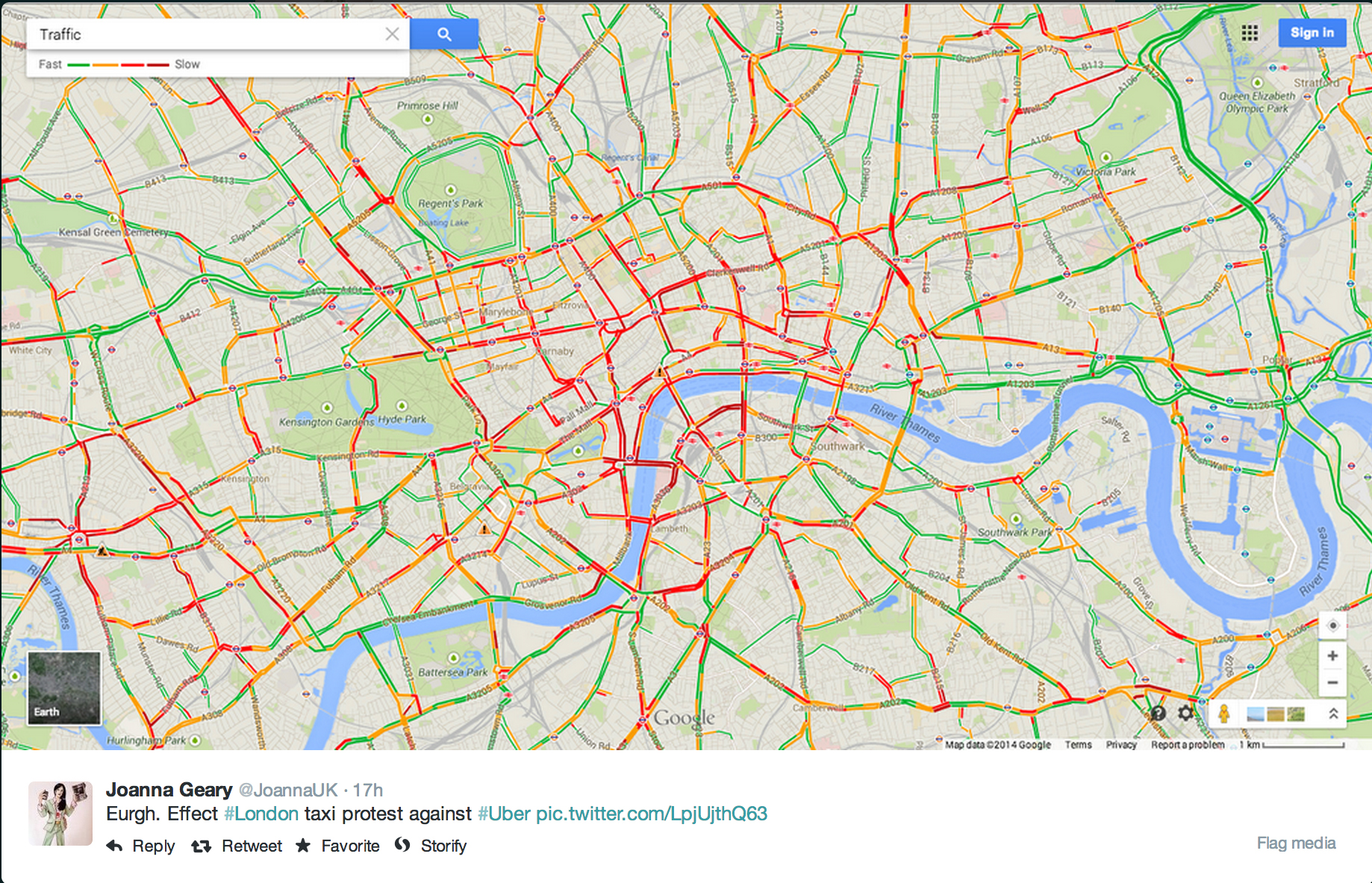
Courtesy of @JoannaUK
London: In the largest of all the demonstrations, the Journal writes that London cabs filled the street of Trafalgar Square causing traffic jams for much of the afternoon on Wednesday.
London’s transportation agency put the number of cabs blocking traffic between 4,000 and 5,000, but others said there were as many as 12,000 cabs honking horns and holding signs in protest of smartphone-based ride companies. London cabbies are especially effected by the introduction of Uber as the company announced customers can use the app to hail black cabs, not just private drivers, according to CNET. The demonstrations may have hurt the protestors’ cause though, as downloads of the Uber app were up 850 percent compared to last Wednesday, likely due to the attention, CNET writes.
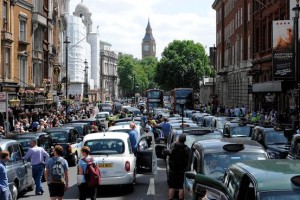
London, courtesy of the Wall Street Journal
Paris: Parisians also dealt with poor traffic as about 1,200 taxi cabs flooded the Orly and Charles de Gaulle airports in an effort to block private cars from picking up travelers, according to SF Gate. The demonstration brought nearly the entire city to a crawl, causing a 120-mile traffic jam with most of the city’s 15,000 cabs on strike. Continue reading →


